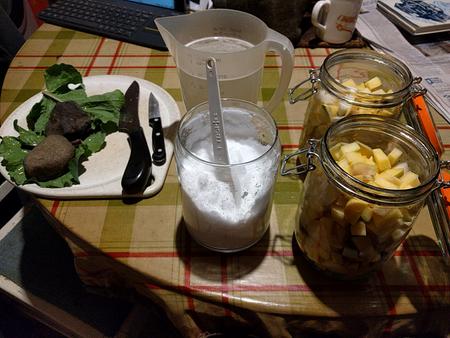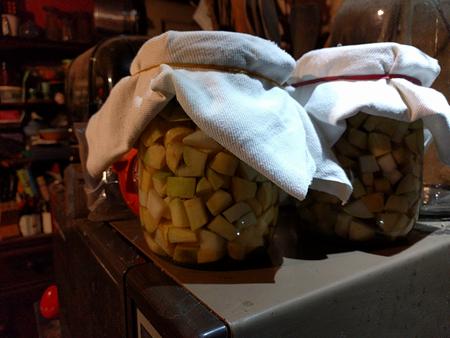

 8
8




How Permies works: https://permies.com/wiki/34193/permies-works-links-threads
My projects on Skye: The tree field, Growing and landracing, perennial polycultures, "Don't dream it - be it! "

 6
6




 5
5
















 7
7




 5
5




Our inability to change everything should not stop us from changing what we can.

 5
5




Ask me about food.
How Permies.com Works (lots of useful links)

 5
5




Weeds are just plants with enough surplus will to live to withstand normal levels of gardening!--Alexandra Petri












 2
2





How Permies works: https://permies.com/wiki/34193/permies-works-links-threads
My projects on Skye: The tree field, Growing and landracing, perennial polycultures, "Don't dream it - be it! "












 7
7
















 7
7
















 2
2




How Permies works: https://permies.com/wiki/34193/permies-works-links-threads
My projects on Skye: The tree field, Growing and landracing, perennial polycultures, "Don't dream it - be it! "












 7
7





 10
10




Our inability to change everything should not stop us from changing what we can.







 11
11




Ask me about food.
How Permies.com Works (lots of useful links)













 9
9






How Permies works: https://permies.com/wiki/34193/permies-works-links-threads
My projects on Skye: The tree field, Growing and landracing, perennial polycultures, "Don't dream it - be it! "












 9
9




 12
12
















 8
8





How Permies works: https://permies.com/wiki/34193/permies-works-links-threads
My projects on Skye: The tree field, Growing and landracing, perennial polycultures, "Don't dream it - be it! "












 9
9




How Permies works: https://permies.com/wiki/34193/permies-works-links-threads
My projects on Skye: The tree field, Growing and landracing, perennial polycultures, "Don't dream it - be it! "












 8
8




 11
11
















 5
5




How Permies works: https://permies.com/wiki/34193/permies-works-links-threads
My projects on Skye: The tree field, Growing and landracing, perennial polycultures, "Don't dream it - be it! "
 9
9




Trying to achieve self-reliance on a tiny suburban plot: http://gardenofgaladriel.blogspot.com












 4
4




How Permies works: https://permies.com/wiki/34193/permies-works-links-threads
My projects on Skye: The tree field, Growing and landracing, perennial polycultures, "Don't dream it - be it! "












 4
4




 7
7





Zone 6, 45 inches precipitation, hard clay soil
















 5
5




How Permies works: https://permies.com/wiki/34193/permies-works-links-threads
My projects on Skye: The tree field, Growing and landracing, perennial polycultures, "Don't dream it - be it! "
 2
2




Zone 6, 45 inches precipitation, hard clay soil





|
Life just hasn't been the same since the volcano erupted and now the air is full of tiny ads.
The new purple deck of permaculture playing cards
https://www.kickstarter.com/projects/paulwheaton/garden-cards
|






